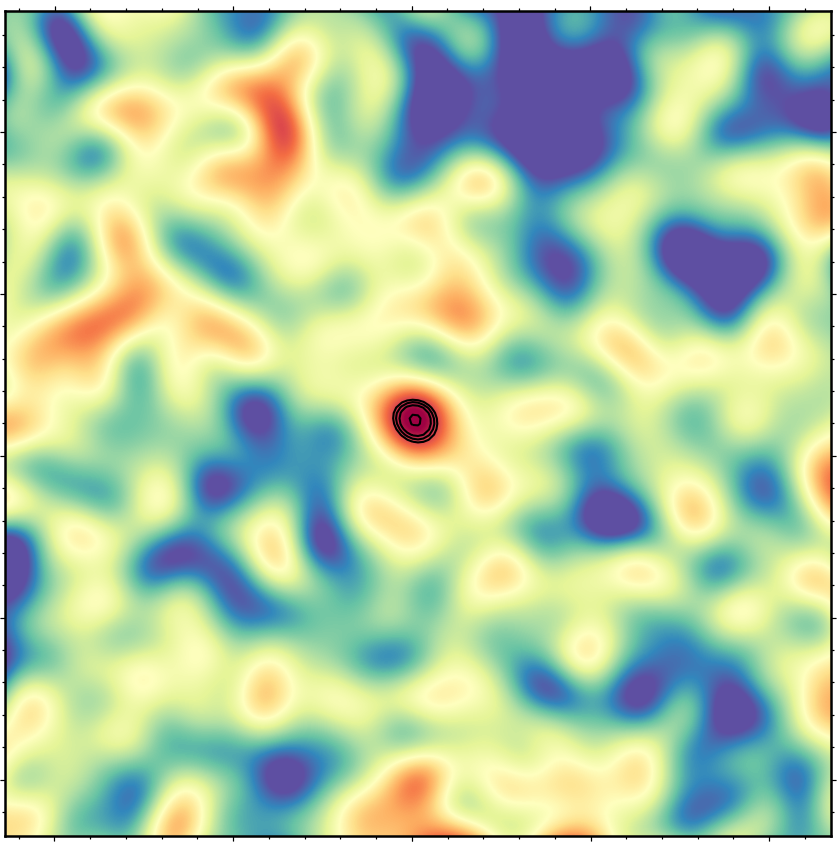Radio signal from ancient galaxy is most distant ever detected

A huge radio telescope in India has picked up a radio signal from the most distant galaxy ever recorded – more than eight billion years ago.
Detecting radio signals from distant galaxies is difficult as the signals become weaker the further away a galaxy is from Earth, making it tricky for current radio telescopes to pick up.
Researchers from Montreal in Canada and India have captured a radio signal at a specific wavelength known as the 21cm line, allowing astronomers to peer into the secrets of the early universe.
Read more: What are fast radio bursts, and why do they look like aliens?
Arnab Chakraborty, a post-doctoral researcher at Montreal's McGill University, said: "A galaxy emits different kinds of radio signals. Until now, it's only been possible to capture this particular signal from a galaxy nearby, limiting our knowledge to those galaxies closer to Earth.
"But thanks to the help of a naturally occurring phenomenon called gravitational lensing, we can capture a faint signal from a record-breaking distance.
"This will help us understand the composition of galaxies at much greater distances from Earth."

For the first time, researchers were able to detect the signal from a distant star-forming galaxy known as SDSSJ0826+5630 and measure its gas composition.
They observed that the atomic mass of the gas content of this particular galaxy was almost twice the mass of the stars visible to us.
The signal detected by the team was emitted from this galaxy when the universe was only 4.9 billion years old, enabling the researchers to glimpse into the secrets of the early universe.
Chakraborty said: "It's the equivalent to a look-back in time of 8.8 billion years."
Read more: Telescope detects 100 mysterious radio signals
The signal was captured using 'gravitational lensing' where waves are 'bent' by large objects between the target and our telescopes – working like a huge magnifying glass.
Co-author Nirupam Roy, an associate professor at the Indian Institute of Science, said: "Gravitational lensing magnifies the signal coming from a distant object to help us peer into the early universe.
"In this specific case, the signal is bent by the presence of another massive body, another galaxy, between the target and the observer. This effectively results in the magnification of the signal by a factor of 30, allowing the telescope to pick it up."
The researchers said that these results demonstrated the feasibility of observing faraway galaxies in similar situations with gravitational lensing.
It also opens exciting new opportunities for probing the cosmic evolution of stars and galaxies with existing low-frequency radio telescopes.
Watch: Hubble Space Telescope watches black hole eat a star


